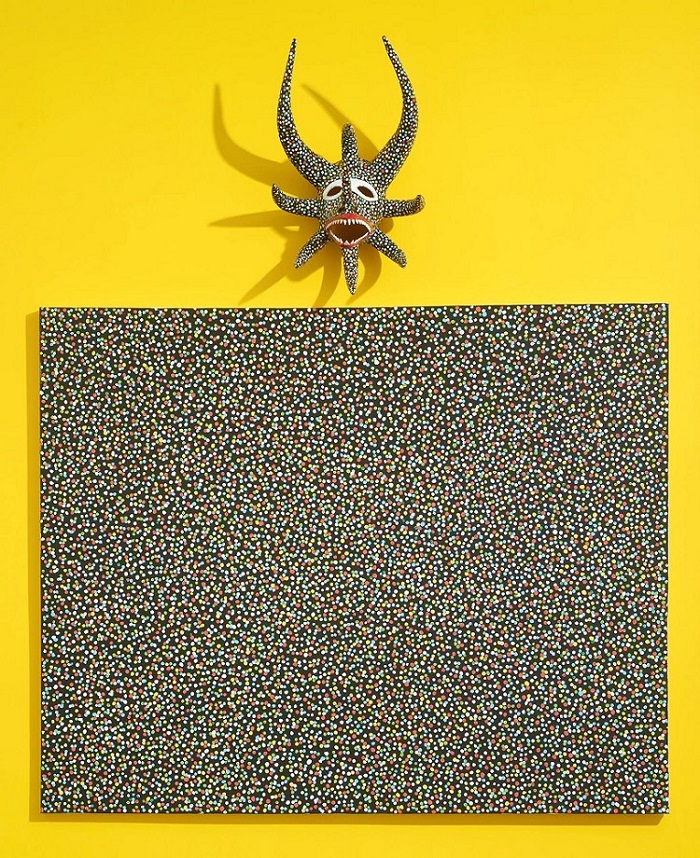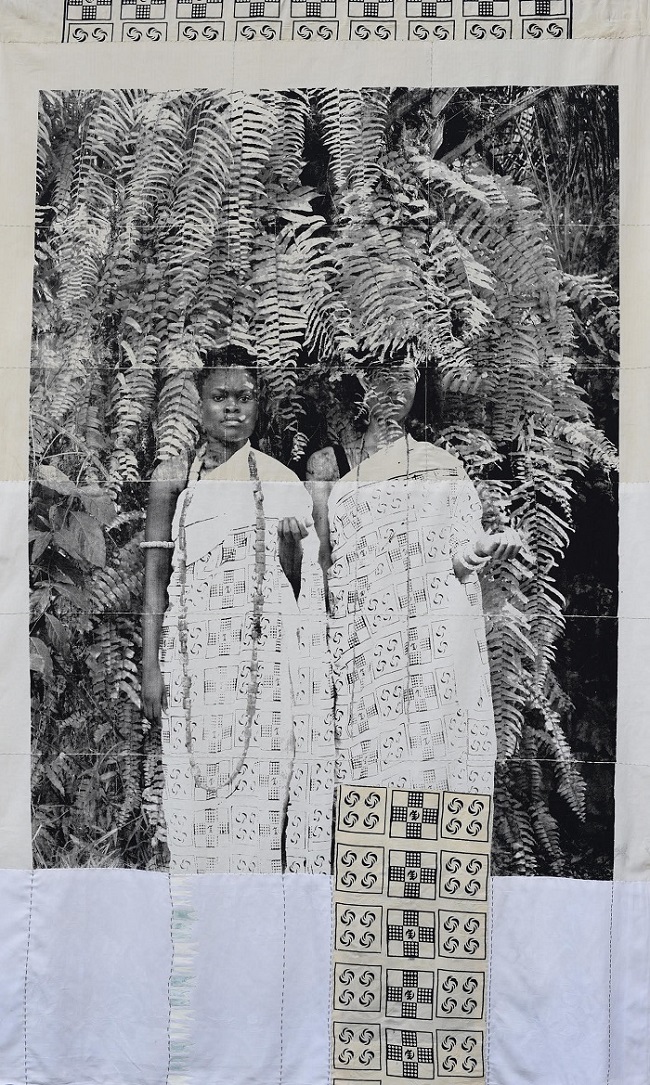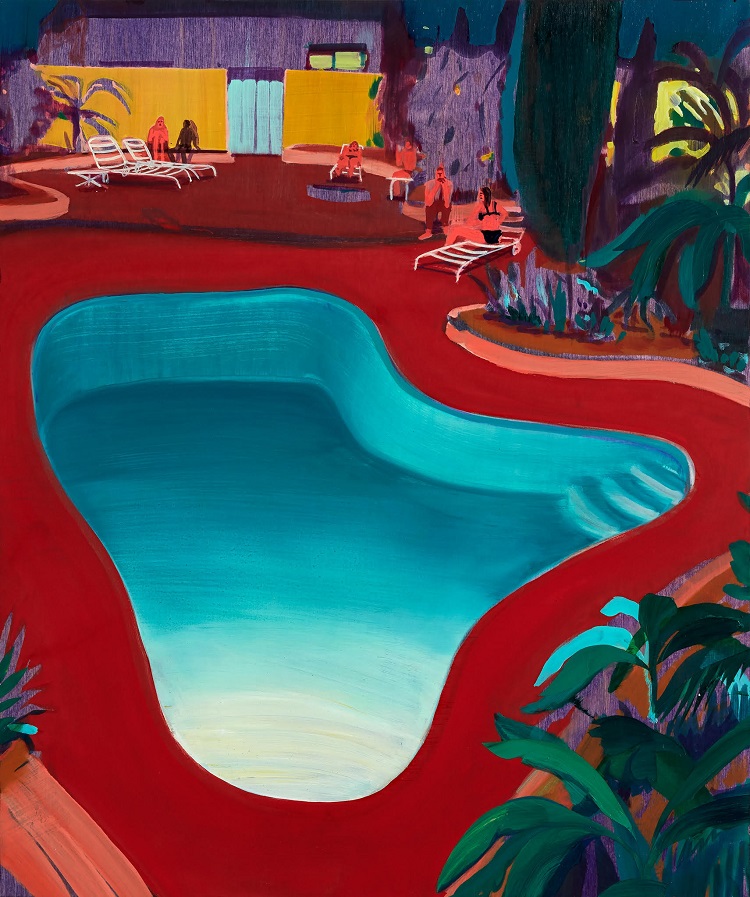DUBAI: Art lovers, curators, collectors and enthusiasts are rejoicing as the biggest and most globally diverse art fair is set to open from March 21 to 24 at Madinat Jumeirah. Under the patronage of Sheikh Mohammed bin Rashid Al-Maktoum, Art Dubai’s lineup this year will feature a record 104 galleries from 47 countries. Art lovers can enjoy unique and new contemporary artists and a significant contingent of returning galleries.
Founded in 2007, it’s become one of the leading international fairs in the arts calendar and features a great range of galleries in one setting. Imagine a compiled list of the most prominent art galleries from Buenos Aires, Argentina to Kolkata, India to Turin, Italy and more, all in one fair over three days. This year will feature new first-time participants from Iceland, Ethiopia and Kazakhstan alongside the returning 77 galleries.

Jesús Bubu Negrón, Ethnographic Abstractions (2016) in the Contemporary Hall. (Photo courtesy: Henrique Faria)tion
“For our 2018 edition, we will be launching Residents, a pioneering and unique platform that brings together different energies, synergies, geographies and artistic practices which aren’t usually seen together in one place,” said Pablo del Val, Art Dubai’s artistic director.
Art Dubai’s halls are divided into three main halls, Contemporary, Modern and, for the first time, Residents.
Art Dubai’s Contemporary’s diversity is signified by its strong representation from the Middle East, North Africa and South Asia. Galleries include Selma Feriani Gallery (Tunis, London), Gypsum Gallery (Cairo), Artwin Gallery (Moscow), Artside Gallery (Seoul), Gallery One (Ramallah), the Athr Gallery Jeddah, Saudi Arabia and Gallery 57 from Accra, Ghana, among others.
The artists range from household names to new, up-and-coming artists with a wide range of artistic media: painting, drawing, installations, photography and more.
Art Dubai’s Modern will feature a record-breaking 16 galleries exhibiting artists from 14 countries. Participating galleries will present renowned Modernists from the Middle East such as Gebran Tarazi, Abdel Hadi El-Gazzar, Hamed Abdalla and others. Leading Modernists from South Asia include Zahoor ul Akhlaq, Anwar Jalal Shemza and M.F. Husain, while notable African Modernists will include Mohammed Naghi, Reinata Sadimba, Ernesto Shikhani and more.

Zohra Opoku, Debie, (2017) in the Residents Hall. (Photo courtesy: Zohra Opoku and Mariane Ibrahim Gallery)Caption
Art Dubai’s Director Myrna Ayad said: “It’s very exciting for us to witness the growing appreciation of modern masters from the region and we are pleased to be the only platform in the world to showcase these museum-quality pieces in our largest ever Modern section, which has been the most oversubscribed to date. Serving as an educational platform and theoretical framework for the works on show, Art Dubai Modern will be accompanied by our second annual Modern Symposium at the fair this year.”
For its 12th edition, Art Dubai is presenting a gallery to showcase its 11 solo gallery presentations by artists who took part in their residency program. The program’s aims are to support artists by giving them a platform to develop their practice and create new bodies of work, inspired and influenced by their stay in the UAE. Their work will be presented by the artists’ respected galleries in a special exhibition accompanied by a range of public events and open studios hosted by the residency spaces.
Art Dubai aims to create a dialogue, engage socially in matters of art and, more importantly, educate on the significance of art in our everyday lives. Dubai is an international melting-pot and a capital for art creators, curators and directors from all over the world to meet and present their finest to the public, all in one place.

Jules de Balincourt, Valley Pool Party (2016) in the Contemporary Hall. (Photo courtesy: The artist and Victoria Miro Gallery)Caption






























